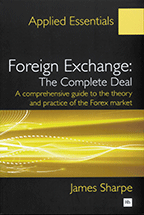 (300 pages, £34.99 paperback, 2012, ISBN 978-190665) by James Sharpe, published by Harriman House.
(300 pages, £34.99 paperback, 2012, ISBN 978-190665) by James Sharpe, published by Harriman House.BOOKS FOR TRADERS
 (300 pages, £34.99 paperback, 2012, ISBN 978-190665) by James Sharpe, published by Harriman House.
(300 pages, £34.99 paperback, 2012, ISBN 978-190665) by James Sharpe, published by Harriman House.
The forex market is the largest and most liquid financial market in the world. This book is a comprehensive guide to the forex market and how it is traded, from the history of the markets to how they exist today. The transition from a fixed exchange rate system to a floating system is examined. Included is a section about the interventions by central banks on the market and then moves to foreign exchange in practice, the core of the book. This is a guide for those who need to understand more about the commercial realities of currency trading and hedging.
Additional information: www.harriman-house.com
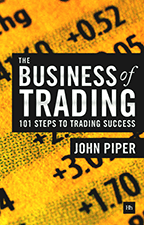 (272 pages, $8.00 digital, 2012, ISBN 9780857192028) by John Piper, published by Harriman House.
(272 pages, $8.00 digital, 2012, ISBN 9780857192028) by John Piper, published by Harriman House.
The author details his business of trading in the British markets. From spread betting, which is like futures, to options and standard equity shares, the ins and outs are explained; all aspects of trading in the United Kingdom are covered.
Additional information: www.harriman-house.com
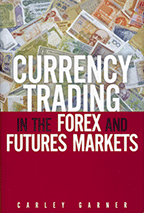 (227 pages, $39.99 hardcover, 2012, ISBN 978-0-13-293137-3) by Carley Garner, published by FT Press, an imprint of Pearson.
(227 pages, $39.99 hardcover, 2012, ISBN 978-0-13-293137-3) by Carley Garner, published by FT Press, an imprint of Pearson.
This book covers what you should know in order to avoid the pitfalls of currency trading. The language of foreign exchange (FX), the quotes, and the calculations are demystified, and you will learn how to choose your trading platform and broker. By the book’s end, you should have what you need to compare the various markets and look at currency speculation in a new light. The author is a regular contributor to STOCKS & COMMODITIES.
Additional information: www.ftpress.com
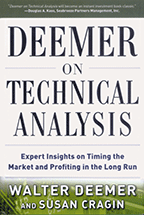 (313 pages, $35 hardcover, 2012, ISBN 978-0-07-178568-6) by Walter Deemer and Susan Cragin, published by McGraw-Hill.
(313 pages, $35 hardcover, 2012, ISBN 978-0-07-178568-6) by Walter Deemer and Susan Cragin, published by McGraw-Hill.
Today’s volatile markets are challenging for professional and retail investors alike, with steady investment gains a difficult goal to achieve. With the stock market expected to trade generally sideways for years, a buy & hold strategy may not give the returns you want on your investments. Here, the authors explain the nuts and bolts of charting, indicator identification, trend recognition, and the best stock selection for your goals. This guide shows how to read the emotional characteristics of the markets, pinpoint the most profitable entry and exit points, use the long-term timing tools, and more.
Additional information: www.McGraw-Hill.com
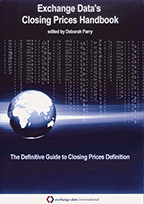 (229 pages, $145 paperback, 2011, ISBN 978-0-9569986-6) edited by Deborah Parry, published by Chancellor Publications Ltd.
(229 pages, $145 paperback, 2011, ISBN 978-0-9569986-6) edited by Deborah Parry, published by Chancellor Publications Ltd.
The definition of a security closing price can differ from one market to another, ranging from the last transaction for the day to a price derived from a complicated calculation. It may also vary within a market where one rule applies to one trading segment but not to another. This book gets to the bottom of the ambiguity of closing prices and provides definitions of the closing and other key prices disseminated by the global equity exchanges covering 112 countries.
Additional information: www.chancellorpublications.com
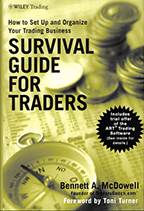 (324 pages, $49.95 hardcover, 2012, ISBN 978-0-470-43642-4) by Bennett A. McDowell with a foreword by Toni Turner, published by John Wiley & Sons.
(324 pages, $49.95 hardcover, 2012, ISBN 978-0-470-43642-4) by Bennett A. McDowell with a foreword by Toni Turner, published by John Wiley & Sons.
This is a handbook for individuals looking to start their own trading business. Succeeding as a trader is hard enough, and it can be even more difficult for those who choose the stay-at-home route. Perhaps their biggest stumbling block is their failure to understand the complexities of the back-office operations essential for success. This guide is packed with strategies and answers to questions most new traders would never think to ask: how to create a trading business plan, setting up an office, using margins, keeping appropriate records, and more. It’s in the book.
Additional information: www.wiley.com